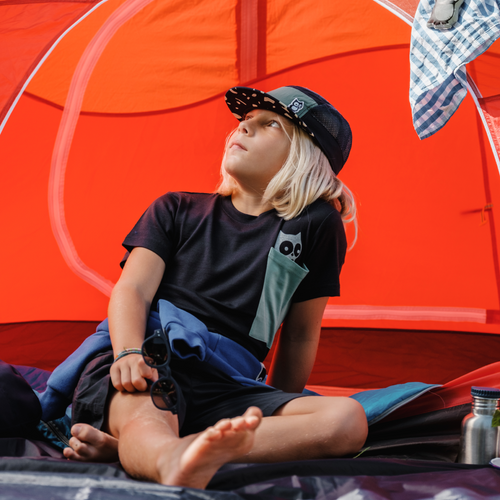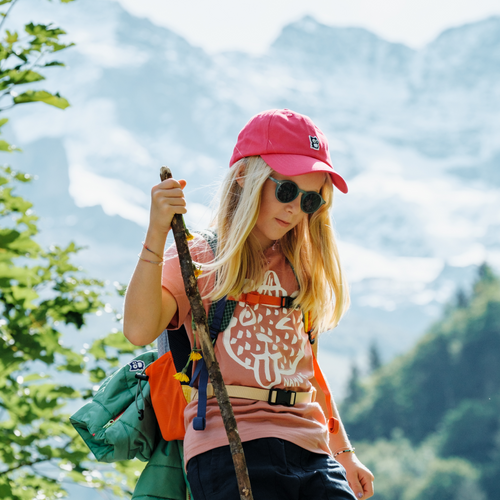Guest author: Astrid Biemann
How does a house actually become a home? I asked my children what ‘home’ means for them. And at first, they were confused. “Home is here, Mama,” or “it’s where my room is,” and “it’s where you live” were the first somewhat general answers.
When I then asked if another house could also be their home, both the little whirlwinds became more contemplative. “Of course, if you and Papa are also there, and my toys…. But if my friends don’t live there, that would be bad.”
Is home a place, a feeling? Or a little of both?
Of course, for many of us, home is first and foremost a place. Maybe it’s the house or apartment we live in. Or the place where we grew up. But how does this place actually become a home for us and our children? What actually gives it that real ‘home’ feeling?
A safe haven
One characteristic of a home is absolutely clear: Your children can always come here, no matter how they’re feeling or what mischief they’ve gotten up to. Even if the world outside is falling apart because they got a bad grade in school or fought with a friend – when the front door opens, the world stays outside – and inside, your kids can lighten their loads.
A place of love, safety, and comfort
Home is much more than a place. It’s the feeling of being loved and safe. It’s hugs and good-night kisses. The warm light that glows from the kitchen window at night and the scent of hot chocolate and cookies at the holidays. And it’s that secure knowledge that here, there are only people who want the best for you and whom you can trust. Our children feel that even when they are still very little.

A place to try new things
Home is the safest place to try out new things. It’s the place where children can test their creative bounds, whether by painting, doing crafts, playing, or other hobbies. This joyful experimentation is key for personal development. In a loving environment, children can overcome their fears and take risks without fear of failure. Trying new activities also teaches them it’s okay to make mistakes and to learn from them.
A place for learning
We learn our whole lives long. For children, this learning begins at home, together with the people we love the very most. It’s here children learn to walk and talk, eat and crawl. It’s here they discover their first snowflakes and the first ladybug in the garden. Learning is much more than reading, writing, and arithmetic. It’s the possibility to explore the world and understand how things fit together, and that starts for our children in a secure home.
A place for shared experiences
We parents know: At home, we are never really alone. We are surrounded by our children, perhaps our partners, and sometimes also Grandma or Grandpa or other relatives or chosen family. This is the place where we can experience the loveliest things and create memories together. It’s our starting point for outings in nature and bike rides, or where we get cozy when it’s cold and rainy.

‘Together’ also means sharing responsibility for one another and being considerate. Our children learn all that when they grow up with other people. This is where they learn what it means to share and how important it is to listen to others.
A place to find peace and quiet
School, hobbies, friends… there’s an awful lot going on in our children’s lives. Sometimes it’s good for them simply to get some quiet time and rest. They can decompress after a long day, gather their thoughts, and just do something they find fun.

Home – so much more than a place
Home: It’s love and safety and comfort, sometimes loud laughter and action, sometimes bad moods, too. Home is where we are, who we are, and where we can freely be ourselves. Home is decorating the Christmas tree together and having the same discussion every year about whether the lights are hung correctly. Home is TV on the weekend in pajamas with a big bowl of popcorn. And the scent of spaghetti with tomato sauce for dinner on Fridays after school. It’s the many little things, customs, and feelings. It’s the people who love us just as we are. It’s the place where our children are allowed to be everything: cheerful, sad, furious, excited, and, above all, happy.






















